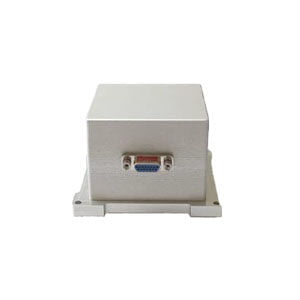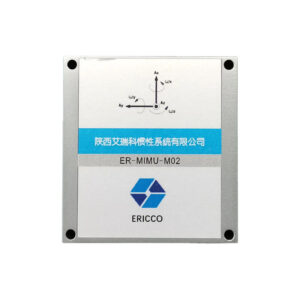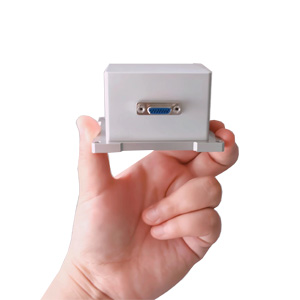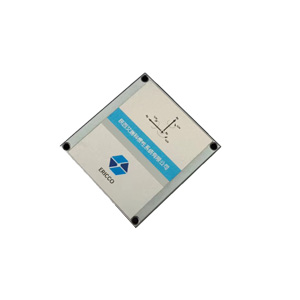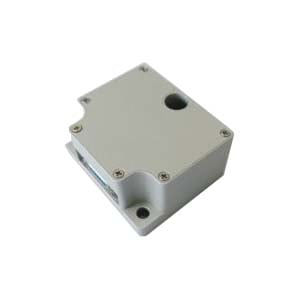In the process of drones transitioning from consumer-grade to industrial-grade/industry-grade, "precision" and "stability" have become core competitiveness, which relies on breakthroughs in underlying inertial measurement technology. IMU is the core of drone stability control. It directly, in real time, and at high frequency measures the inertial data (angular velocity, acceleration) of the drone's motion state in three-dimensional space, providing the flight control system with the feedback signal necessary for closed-loop control.
ER-MIMU-M02, as a ten-axis MEMS IMU (three-axis gyroscope + three-axis accelerometer + three-axis magnetometer + barometer), is defining the operating boundaries of drones in various complex scenarios with its micromechanical technology.
The built-in MEMS gyroscope has 2°/h bias instability and 0.15mg bias repeatability; the accelerometer has 24μg bias instability and 0.02m/s√h random walk; the magnetometer has a resolution of 120uGauss and a noise density of 50uGauss; and the barometer has a resolution of 0.1mbar.
The gyroscope directly measures the angular velocity of the drone around its X (pitch), Y (roll), and Z (yaw) axes. It provides the fastest and most direct attitude change information. The flight control system can estimate the current pitch, roll, and yaw angle change trends of the drone by integrating the angular velocity data of the gyroscope in real time.
The accelerometer measures the acceleration of the drone along the X, Y, and Z axes, and the drone can ensure the accuracy of motion control when accelerating, decelerating, and other motion states.
The magnetometer measures the strength of the earth's magnetic field at the location of the drone and provides a reference direction of the earth's magnetic north.
The barometer measures the atmospheric pressure at the drone's location. By measuring changes in air pressure, the flight control system can estimate the relative altitude change of the drone.
Why is it the core of stable control?
Attitude angle (pitch, roll, yaw) and altitude are the most basic input parameters for the flight control system to make any stable control decisions. ER-MIMU-M02 directly provides the raw data required to calculate these parameters.
Real-time requirements: UAVs need extremely high control frequencies to maintain stability in the air. IMU has the highest data update rate and the lowest latency among all sensors, and can meet the needs of real-time calculation and response of flight control. GPS and other sensors update slowly and cannot be used alone for high-dynamic attitude control.
Flight control is a closed-loop control system. IMU provides the measurement value of the current attitude change. The flight control calculates the control amount to be applied through the control algorithm. The motor executes the speed change to control the attitude of the drone. The IMU senses the changed attitude again to form a closed loop. Without the real-time feedback provided by the IMU, this closed loop cannot be established, so the IMU is the core of the stable control of the drone.
As drones develop towards autonomous decision-making and cluster collaboration, the technical reserves of ER-MIMU-M02 have reserved room for upgrades: the high-speed data transmission in SPI slave mode can realize data interaction with the drone flight control system, providing low-latency support for real-time obstacle avoidance and dynamic path planning; and the 50g lightweight design and compact size of 47×44×14mm are suitable for the payload requirements of various small and medium-sized drones.
More Technical Questions
1.IMU working principle & Tactical grade IMU product recommendations
2.Choosing an IMU: FOG IMUs vs MEMS IMUs
3.Application of IMU in the Field of Drones
5.What is the Difference Between IMU and AHRS?


